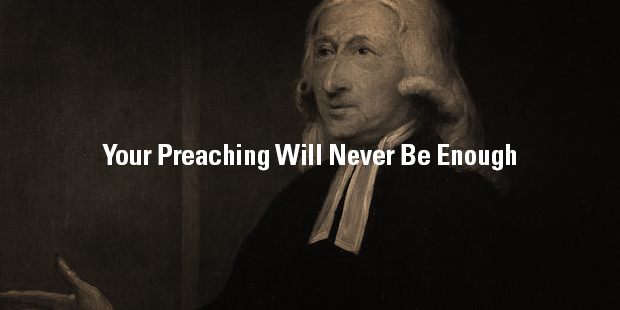
5 Next Steps to Create a Next Visit for Guests
We are living in a world of post cultural Christianity. Our churches can no longer expect guests to show up just because we have the doors open. We have to be prayerful. We have to be intentional.
This post is, by its nature, very practical. But it can be a positive step in Great Commission obedience as you seek to expose people to the gospel and create more gospel conversations.
These, then, are five key steps to reach and retain guests. Most of these can be implemented in your church right away.
- Create a culture of inviting. One of the primary reasons our churches do not have guests is straightforward: We are not inviting people to come. In my research for the book, The Unchurched Next Door, we found that nearly eight of ten unchurched persons would come to church if we invited them and accompanied them to the worship services. If we invite them, they will truly come. I will address this issue more fully next week.
- Make certain you have a positive “guest flow.” Nelson Searcy, in his book Fusion,created this guide for the number of first-time guests each week in our worship services. If the number of first-time guests in your church is fewer than 5, you need to find out where the challenges reside.
- 3 first-time guests for every 100 in worship attendance: maintenance mode
- 5 first-time guests for every 100 in worship attendance: growth mode
- 7 first-time guests for every 100 in worship attendance: rapid growth mode
- Be prepared for the guests when they arrive. The studies we have seen indicate we have between five and seven minutes to make a good first impression when the guests do arrive. Again, I will elaborate on this issue more in future posts.
- Find a way to get contact information from guests. Ask guests to complete a guest card, but remember less is more. If we simply ask for an email and a name, we are likely to get higher responses. And if we say we will make a contribution to a local ministry (such as $5 for every card turned in), we will get even a higher response.
- Contact guests within 24 hours. If you have their email address, send them a quick but personal email. If you have their mobile number, send them a text. These contacts can be brief, but they almost always increase the likelihood of a return visit. Your goal is not only to reach guests, but to retain them as well.
As you have requested of me, I am being more intentional about suggesting practical resources to accompany these blog posts. A good resource is “How to Retain Guests More Effectively.”
Reach guests. Keep guests. Have gospel conversations.
See what God will do.
Want to know more about Guest Experiences at your church? Let’s talk! Connect with an Auxano Navigator here.

Tags: Church Guest Experience, Guest Experience, Next Steps, Thom Rainer, reach and retain guests

















